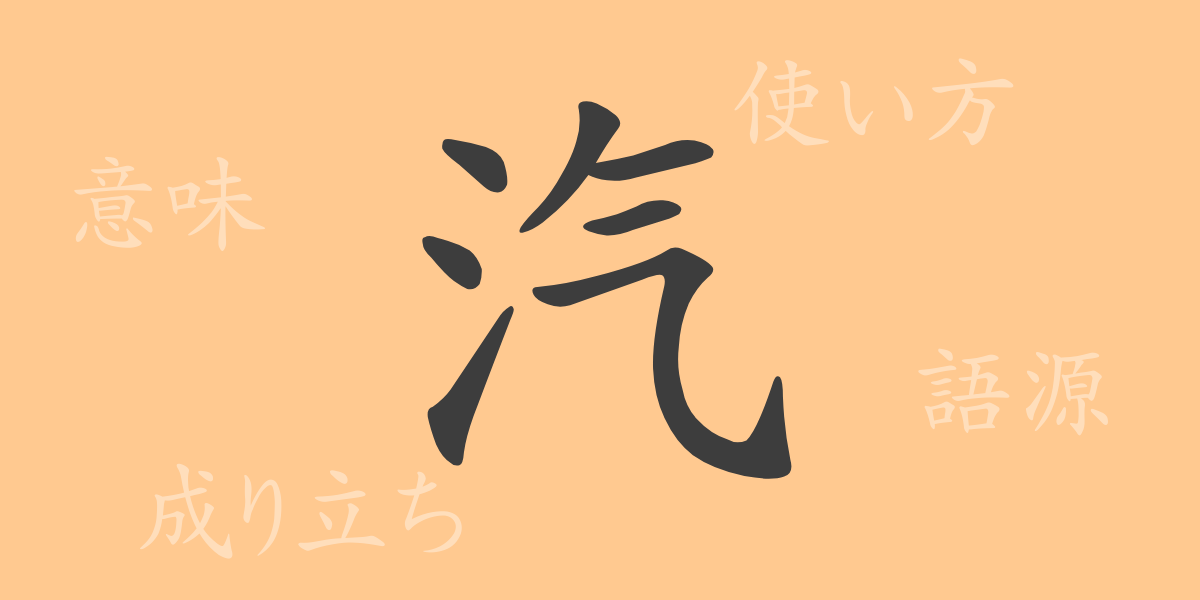The allure of the Japanese language lies in its complexity and subtlety. In particular, kanji (漢字) are an essential element for a deep understanding of Japanese culture, with their shapes, meanings, and sounds intricately interconnected. In this article, we will focus on the commonly used kanji “汽” (き, ki), exploring its etymology to its modern usage. Let’s unravel the historical background of this character and its significance in everyday life.
Origins of 汽 (き, ki)
The kanji “汽” (き, ki) is associated with concepts related to steam and locomotives. This character was created in ancient China to represent the act of water boiling. It is formed by combining the water radical “氵” (さんずい, sanzui) with “气” which signifies gas or steam, symbolically representing the transformation of heated water into gas.
Meaning and Usage of 汽 (き, ki)
“汽” (き, ki) is used as a kanji that signifies steam or vapor. It is particularly found in terms related to vehicles and machinery powered by steam engines. In modern times, it is used in various technologies and vehicles that utilize steam, such as “汽車” (きしゃ, kisha – steam train) and “汽船” (きせん, kisen – steamship).
Reading, Stroke Count, and Radical of 汽 (き, ki)
Let’s take a closer look at the readings, stroke count, and radical of the kanji “汽” (き, ki).
- Readings: The on’yomi (Chinese reading) is “キ” (ki), and there is no particular kun’yomi (Japanese reading).
- Stroke Count: It has a total of 7 strokes.
- Radical: The radical is “氵” (さんずい, sanzui).
Idioms, Phrases, and Proverbs Using 汽 (き, ki) and Their Meanings
Phrases and idioms containing “汽” (き, ki) enrich the expressions found in the Japanese language. For example, “汽車” (きしゃ, kisha) refers to a train powered by a steam engine, and “汽船” (きせん, kisen) means a ship that moves by steam. These terms represent modes of transportation that played a significant role in Japan’s modernization and evoke the history of technological progress.
Summary of 汽 (き, ki)
The kanji “汽” (き, ki) captures the transformation of water into gas both in form and meaning, playing an important role in the Japanese language. From modes of transportation to everyday machinery, words containing “汽” (き, ki) are deeply rooted in our lives. This single character allows us to glimpse the progress of Japanese culture and technology.

























